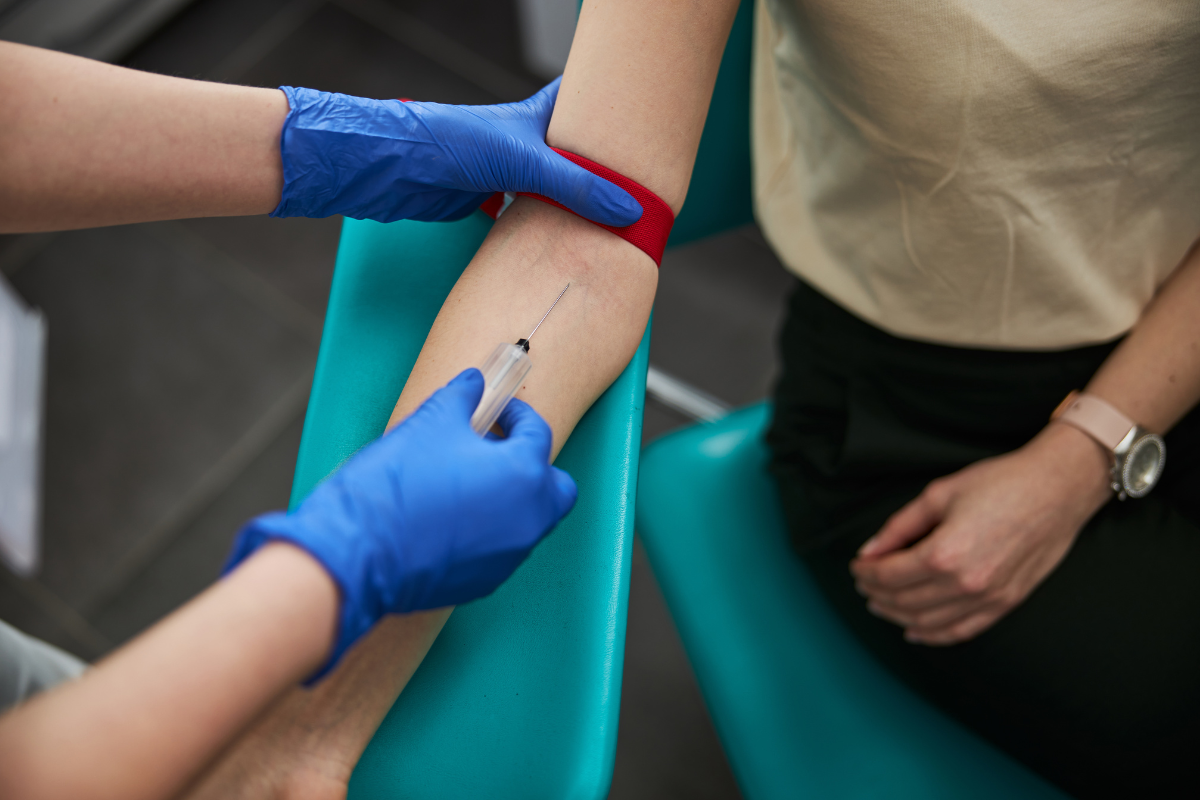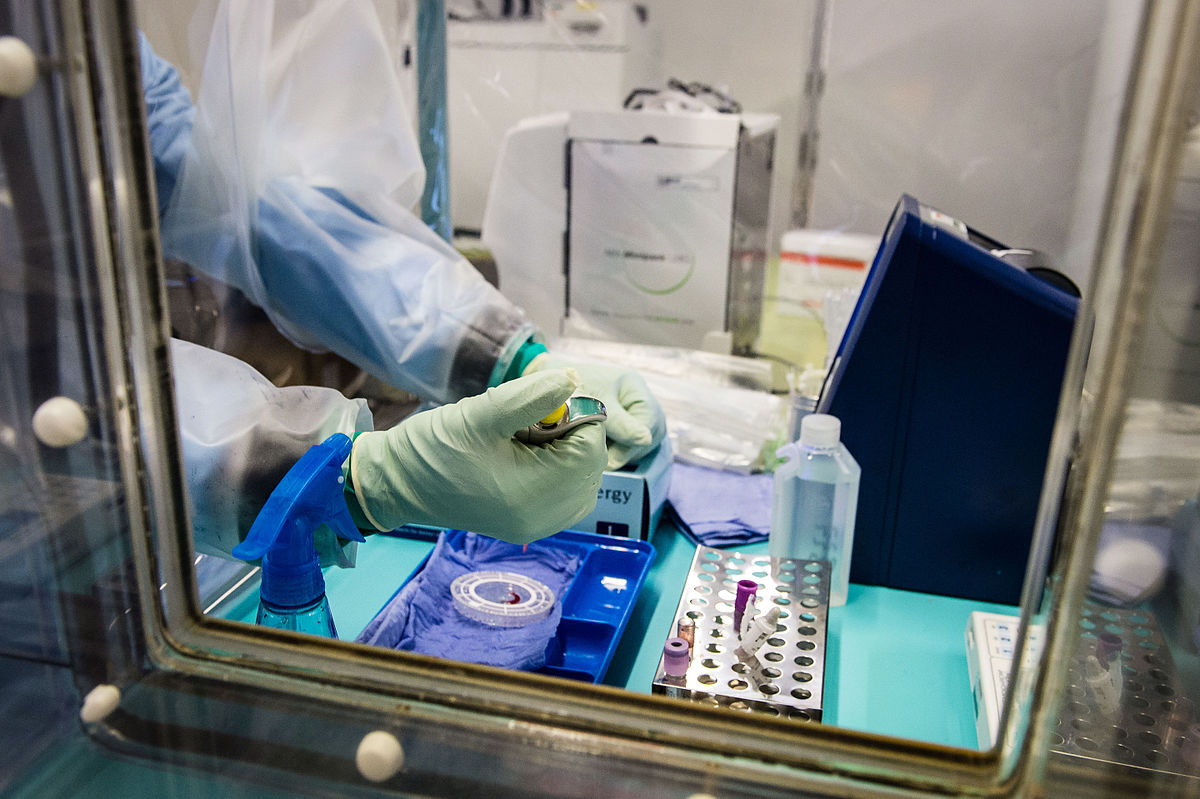Implementing Patient-Centricity into Biomarker Clinical Trials

Albert Einstein said, “if you can’t explain it simply, you don't understand it well enough.” This is the plight (and responsibility) most scientists face when communicating the importance of biomarker utility and necessity to patients.
Patient education becomes paramount when biomarker sampling via invasive means comes with a level of inconvenience. Biopsy sampling and blood withdrawal procedures can be uncomfortable and compromising for the patient. “Engaging with patients and explaining [to] them the significance [of] understanding how and why the treatment works, as well as potentially prognostic value of the biomarker research on their in the clinical trial,” as Alexandra Sevko, Director of Translation Research at Prokarium, puts it, “is decisive to the success of a patients’ recruitment and retention in the clinical trial”.
- Patient Engagement in Biomarker Development
- The Patient-focused ‘Paradigm Shift’ That Could ‘Revolutionise’ Clinical Trials
- Case Study: "The Freestyle Continuous Glucose Monitoring Technology Provides a Glucose Management Plan for Diabetes Patients in an Easy, User-Friendly Way"
As a gateway to achieving personalised medicine, patient-centric clinical development will need to become a top priority in the future. We sat down with key opinion leaders; Sevko, Virginia Parks, Clinical Pharmacologist at Servier, and Thomas Hach, Executive Director of Patient Engagement at Novartis, at Biomarkers UK: In-Person 2022 to discuss strategies for implementing patient-centric biomarkers in clinical trials.
Defining Patient-Centric Clinical Trials
“There is so much talk about patient-centric biomarkers and trials being needed, but not much has been done,” explained Hach. As both a trained medical doctor and a patient of diabetes, Hach has a unique perspective on the matter. “I’m coming from both angles, but professionally speaking, involving patients in clinical trials as early as possible is the way forward,” he confirmed.
Sevko agreed and focalised the need for improved communication between clinician and patient. Clinical trials generate an enormous amount of data, but the data is anonymised. Researchers do not know anything about the patient’s fate and how the research impacted patient’s life. And patients are unaware of the results and interpretation of all tests performed for the experimental therapy research being conducted by the clinicians. Likewise, patients would not know much about how their participation in clinical trial contributed to the biomedical science and disease therapy field in general. “If I was a patient,” Sevko said, “I would want to know how my own data was driving research.”
Currently, there is a lack of data feedback within a clinical trial setting. “We don’t have any back and forth, we don’t have many representatives from the patient groups or independent patient attendees at conferences like this,” Sevko continued. For a clinical setting to be patient-centric, improved access to and engagement between participant and patient must occur.
How to Better Involve Patients in Clinical Trials
Implementing patient advocacy groups is one way to increase access to and improve communication between clinicians and patients. A patient advocacy group is an organisation that guides a patient through the healthcare system.
Touching on the benefits of improved patient involvement via advocacy groups, Parks said: “it fosters better centricity where before you are even designing a particular protocol, you are asking the patient beforehand what the right fit-for-purpose approach to biomarker development would be for them, for example, whether or not it is measuring a meaningful aspect of health (MAH) from their perspective.”
Implementing patient advocacy groups is one way to increase access to and improve communication between clinicians and patients.
She continued, “the patient feels valued, and the outcome of the trial will also profit.” Having distinct and sustained patient touchpoints throughout the duration of the clinical trial allows for a thorough research and development stage and widens recruitment opportunities and horizons.
No One Size Fits All: A Patient-Centric Case Study
Since well into the mid-20th century, there has been an emphasis on doctors listening to what a patient is saying when presenting a medical complaint. Indeed, for many in the industry, communication skills are the fundamental components of any constructive consultation. To illustrate the veracity of this, Hach shared an anecdote about a patient he called ‘Gustav.’
Gustav was a diabetes patient who disliked insulin shots. “I am a diabetic myself and I don’t mind the injections, but some people are really afraid of needles,” Hach began. “I told Gustav that this wouldn’t be an issue if his glucose was better, but frankly, it was terrible”.
Gustav was not having any of it and continued to refuse injection. Instead, he had decided to remedy the problem him by getting a dog. Hach was perplexed by this ‘solution’ and did not pay too much attention to the mention of the dog. “I thought to myself, ‘I will give him one last chance to improve his levels before once again returning to the subject of the insulin injections on his next visit’.”
Three months later, Gustav returns with a 15lb weight loss and his glucose levels entirely under control. Hach was shocked: “‘what did you do?’ I asked him. I have never seen such an improvement like this.” Gustav replied with the simple answer: “I got a dog.”
It turns out that Hach had severely misjudged his initial dismissal of Gustav’s preference. “Getting a dog and committing to walking it every day was the best solution for Gustav,” Hach confirmed. “My standard protocol of prescribing insulin, was in fact, wrong.” He continued: “And yes, it may have worked for the majority of other diabetics but if this episode taught me anything, it is always to think twice and actually listen to the patient because they really might know what’s best.”
Conclusion: Seeing the Patient, Not the Statistic
When clinicians spend most of the time analysing spreadsheets as opposed to seeing the physical patient behind the static, it is easy to forget the human element of treatment care. “This is one of the biggest problems right now, forgetting that real people are participating in these clinical trials,” Hach expressed. The hope is that implementing patient-centricity will help to reframe and secure these priorities for today and the future.
Want to stay up to date with the latest Biomarker news? Register now for Oxford Global’s flagship event, Biomarkers UK. This is a must-attend forum covering the latest trends transforming biomarker and translational research.







